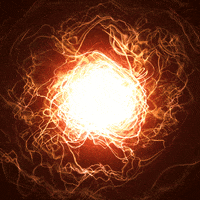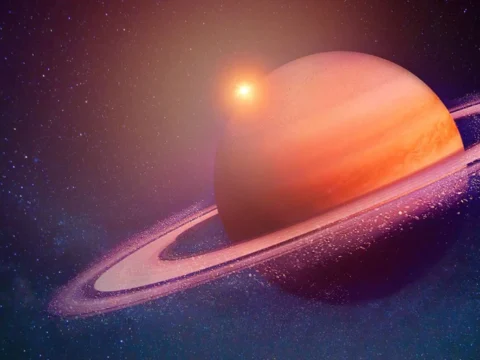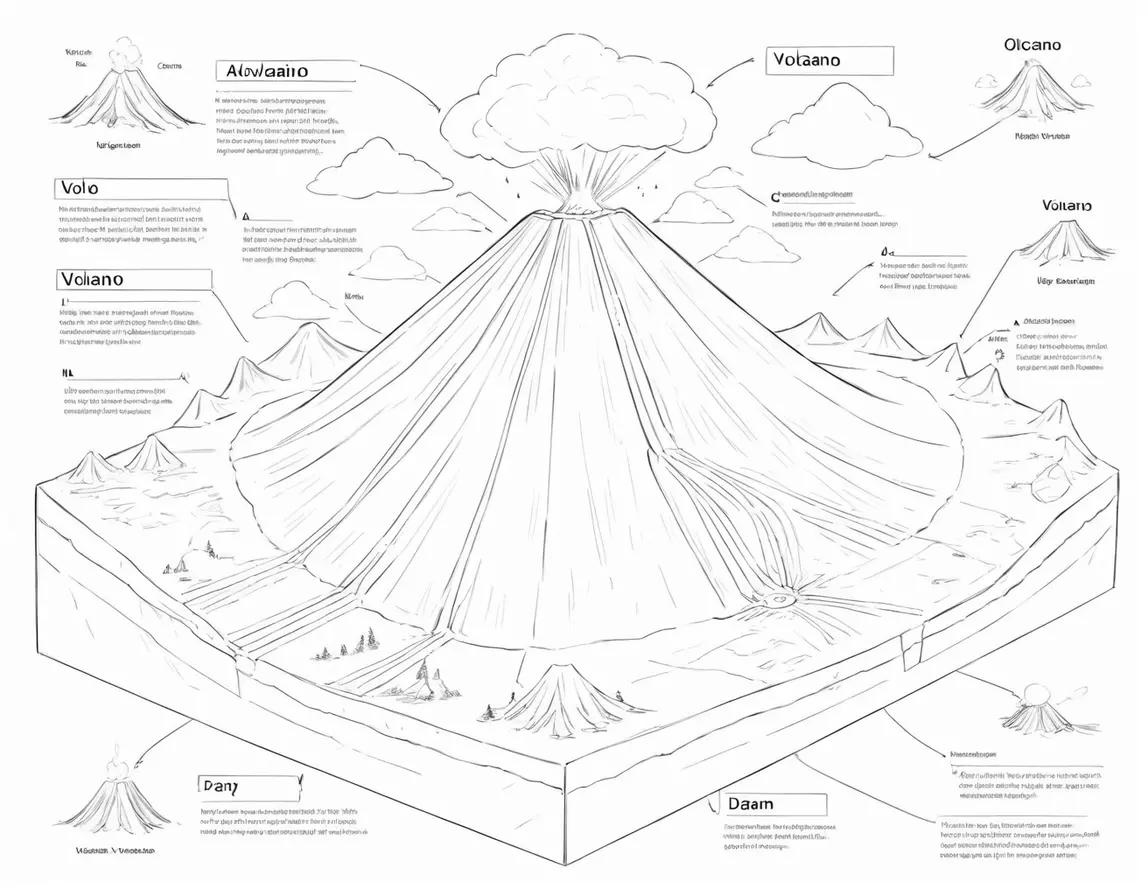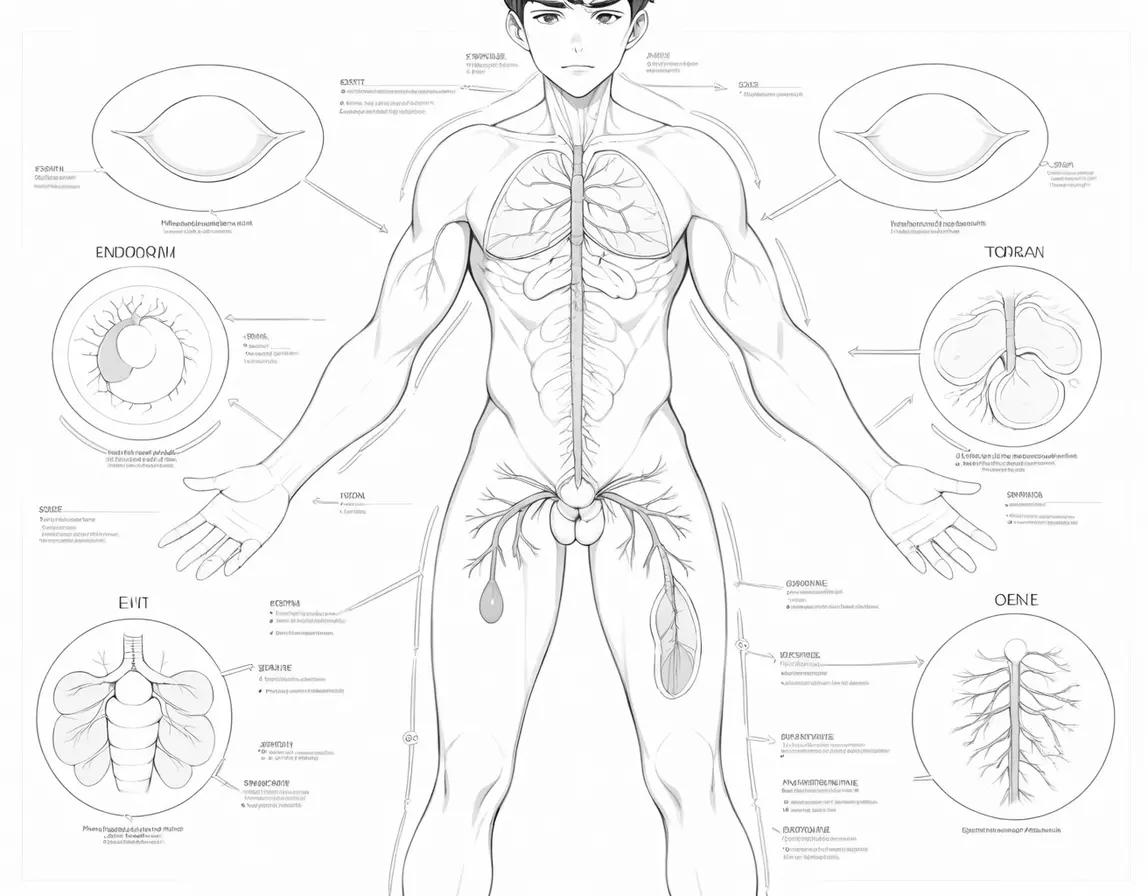
Energy, the driving force behind all physical phenomena, exists in many forms, each with its distinct characteristics and applications.
This exploration delves into the diverse types of energy, spanning the realms of mechanics, thermodynamics, electromagnetism, and quantum physics. From the kinetic energy of a moving car to the radiant energy of the sun.
Kinetic Energy:
Kinetic energy is the energy of motion. Any object in motion possesses kinetic energy, and its magnitude depends on both its mass and velocity.
Potential Energy:
Potential energy is stored energy based on an object’s position or condition. There are various types of potential energy.
Gravitational Potential Energy (GPE): GPE is associated with an object’s height above a reference point in a gravitational field.
Elastic Potential Energy: Elastic potential energy is stored in objects that can be stretched or compressed, such as springs. The formula for elastic potential energy is
Thermal Energy:
Thermal energy is the internal energy of a system associated with the random motion of its particles. It is a macroscopic manifestation of microscopic kinetic and potential energies of particles within a substance. The hotter an object, the greater its thermal energy.
Chemical Energy:
Chemical energy is stored in the bonds between atoms and molecules. It is released or absorbed during chemical reactions. The food we eat, batteries, and fossil fuels are examples of chemical energy sources.
Electrical Energy:
Electrical energy is the movement of electrons. It is harnessed in electrical circuits to power various devices. Generators and batteries convert other forms of energy into electrical energy.
Electromagnetic (Radiant) Energy:
Electromagnetic energy, also known as radiant energy, includes a spectrum of electromagnetic waves, from radio waves to gamma rays. This form of energy is emitted or absorbed by charged particles and is essential for technologies such as solar panels and medical imaging.
Nuclear Energy:
Nuclear energy is released during nuclear reactions. There are two main types:
Nuclear Fission: In nuclear fission, the nucleus of an atom splits into smaller fragments, releasing a significant amount of energy. This process is harnessed in nuclear power plants.
Nuclear Fusion: Nuclear fusion involves the combining of two atomic nuclei to form a heavier nucleus. While it powers the sun and other stars, controlled fusion on Earth remains a significant scientific and technological challenge.
Sound Energy:
Sound energy is the energy produced by vibrating objects and transmitted through a medium, usually air. The energy is carried by pressure waves, and the intensity of the sound corresponds to the energy transported by these waves.
Light (Radiant) Energy:
Light energy is a form of electromagnetic energy visible to the human eye. It includes the entire spectrum of colors and is produced by the vibrations of electrically charged particles.
Mechanical Energy:
Mechanical energy is the sum of an object’s kinetic and potential energies. In a closed system with no external forces, mechanical energy is conserved, transitioning between kinetic and potential forms.
Quantum Energy Levels:
At the quantum level, energy levels are quantized, meaning they exist in discrete amounts. In quantum mechanics, particles exhibit both particle-like and wave-like behaviors, and their energy is quantized in specific levels, as described by the Schrödinger equation.
Conservation of Energy:
The law of conservation of energy states that in a closed system, the total energy remains constant. Energy may change forms within the system, but it is neither created nor destroyed. This fundamental principle underlies numerous physical phenomena and engineering applications.
Practical Applications:
Renewable Energy: Understanding the different forms of energy is crucial in harnessing renewable sources like solar, wind, and hydropower. These technologies convert natural energy forms into usable electricity.
Transportation: Energy in the form of fossil fuels powers most transportation, but there’s a growing focus on electric vehicles that utilize stored electrical energy.
Home Appliances: Everyday devices, from refrigerators to light bulbs, rely on the transformation of energy to perform various tasks.
the multitude of energy forms reveals the richness and complexity of the physical world. From the macroscopic movements of planets to the quantum behaviors of subatomic particles, energy is the driving force behind all observed phenomena.
As we navigate the intricacies of energy transformations, from potential to kinetic, thermal to nuclear, we gain not only a deeper understanding of natural processes but also the tools to engineer technologies that power our modern world. The exploration of energy continues to be at the forefront of scientific inquiry, leading to innovations that shape the future of energy production, consumption, and sustainability.
ENERGY TRANSFORMATION
Energy transformation is a fundamental concept that underlies the diverse array of processes shaping our physical world. This exploration delves into the intricate mechanisms through which energy transitions from one form to another, powering everything from the flickering flame of a candle to the relentless hum of a city’s electrical grid. Understanding these transformations is essential for harnessing energy efficiently and advancing technological applications across various fields.
Energy Conversion Processes:
Energy is never created nor destroyed; it merely changes forms. This foundational principle, encapsulated in the law of conservation of energy, governs the myriad transformations observed in the natural world. Energy conversion processes occur in various domains, each characterized by the interplay of different forms of energy.
Mechanical to Electrical:
Generators: One common energy transformation involves converting mechanical energy into electrical energy. Generators achieve this by utilizing the principle of electromagnetic induction. As a coil rotates within a magnetic field, it generates an electric current. This process is harnessed in power plants, wind turbines, and hydroelectric dams.
Chemical to Thermal:
Combustion: Combustion is a prevalent process wherein chemical energy stored in fuels is transformed into thermal energy (heat) and, often, mechanical energy. In engines, such as those in cars, the chemical energy of gasoline undergoes combustion, releasing heat that drives the piston and propels the vehicle.
Light to Electrical:
Photovoltaic Cells: In photovoltaic cells, or solar cells, light energy is converted into electrical energy through the photovoltaic effect. When photons from sunlight strike the cell’s semiconductor material, electrons are set in motion, creating an electric current. This process forms the basis of solar power systems.
Thermal to Mechanical:
Heat Engines: Heat engines, like those in steam locomotives or modern power plants, exemplify the conversion of thermal energy into mechanical energy. In these engines, heat is applied to a working fluid, causing it to expand and perform mechanical work as it drives a piston or turbine.
Electrical to Light:
Incandescent Bulbs: Incandescent bulbs transform electrical energy into light. The electric current passing through the bulb’s filament heats it to incandescence, producing visible light. However, this process is less energy-efficient compared to newer technologies like LED and fluorescent lighting.
Nuclear to Thermal:
Nuclear Reactors: Nuclear fission reactions in power plants convert nuclear energy into thermal energy. The controlled splitting of atomic nuclei releases a substantial amount of heat, which is used to produce steam, driving turbines connected to generators for the generation of electricity.
Gravitational to Kinetic:
Hydropower: Hydropower systems convert gravitational potential energy into kinetic energy and, subsequently, into electrical energy. Falling water turns turbines, converting the potential energy of elevated water into rotational kinetic energy that generates electricity.
Electrical to Mechanical:
Electric Motors: Electric motors exemplify the transformation of electrical energy into mechanical energy. When an electric current flows through a coil within a magnetic field, it induces a force that results in mechanical motion. Electric motors power a vast array of devices, from household appliances to industrial machinery.
Kinetic to Electrical:
Piezoelectric Effect: The piezoelectric effect involves the transformation of mechanical energy into electrical energy. Certain materials, like quartz crystals, generate an electric charge when subjected to mechanical stress. This phenomenon finds applications in sensors, actuators, and even energy harvesting from vibrations.
Thermal to Electrical:
Thermoelectric Devices: Thermoelectric materials can convert thermal energy directly into electrical energy through the Seebeck effect. When a temperature gradient is applied across a thermoelectric material, it induces a voltage difference, generating an electric current. This technology has potential applications in waste heat recovery and energy-efficient cooling systems.
Chemical to Electrical:
Batteries: Batteries facilitate the conversion of chemical energy into electrical energy. Within a battery, chemical reactions between materials in the anode and cathode produce a flow of electrons, creating an electric current. Batteries power a myriad of portable devices and serve as energy storage solutions in various applications.
The diverse transformations of energy are the intricate dance of nature’s fundamental processes. From the combustion engines propelling vehicles to the solar panels harnessing the sun’s radiant energy, understanding and mastering energy conversion is at the core of technological progress and sustainability.
As we continue to innovate and explore new frontiers in science and engineering, the dynamic metamorphosis of energy will play a central role in shaping the future of power generation, transportation, and countless other applications.
The quest for more efficient and sustainable energy transformation processes remains a driving force in scientific research and technological development, unlocking new possibilities for a world powered by cleaner and more resilient energy sources.



















